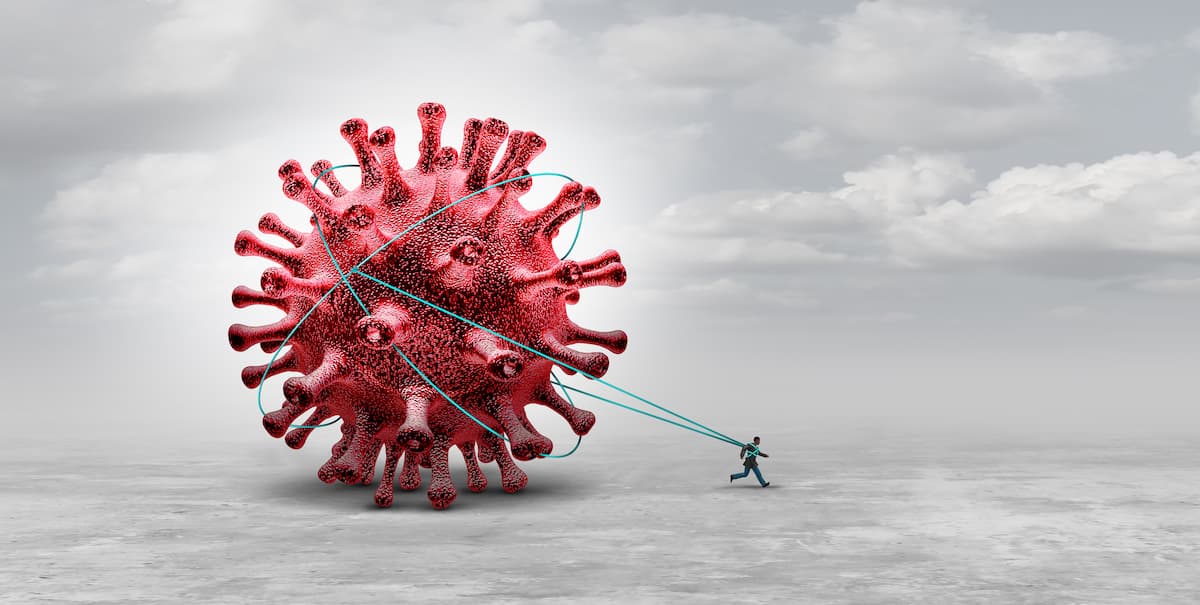News
Article
Majority of Children, Young Patients With Long COVID Recover Within 2 Years
Author(s):
Key Takeaways
- Most young patients with long COVID recover within 24 months, with 70% showing improvement.
- Females are more likely to continue experiencing long COVID symptoms at 24 months.
Over 70% of children and young people with long COVID reported improvements in their symptoms within 24 months of their initial positive SARS-CoV-2 test.
According to new research led by investigators at the University College London (UCL) Great Ormond Street Institute of Child Health, most young patients who were confirmed to have long COVID 3 months following a positive SARS-CoV-2 polymerase chain reaction (PCR) test were found to have recovered within 24 months.1,2
Long COVID can cause debilitating impacts to those affected, including children and young people. | Image Credit: © freshidea | stock.adobe.com

Using data from the Long COVID in Children and Young People (CLoCK) trial, the research group aimed to address outlying questions regarding the profile, persistence, and impact of COVID-19 symptoms post-infection. Children or young people (CYP) who were aged 11 to 17 years and tested positive between September 2020 and March 2021 were included in the analysis. These participants completed an online questionnaire about their health at 3, 6, 12, and 24 months following their positive PCR test to assess the longevity of their condition and present symptoms.1
Previously, these researchers published a consensus definition of long COVID in CYP that closely resembles guidance for adults proposed by the World Health organization. The consensus defines long COVID in this population as experiencing one or more symptoms such as tiredness, shortness of breath, trouble sleeping, or headaches alongside difficulties with either mobility, doing typical activities, self-care, experiencing pain or discomfort, or feeling worried or sad.3
In total, 12,632 CYP participated in the trial and were included in the analysis. Notably, participating CYP were more likely to be females, older, and from lesser deprived areas when compared with non-responders, the investigators discussed. Twenty-four months after an initial PCR test, around 25% to 30% of young people were found to have met the research definition of long COVID.1,2
Among the total pool of patients, 943 were documented to have tested positive when first approached and provided answers at each of the follow-up points. Of these individuals, 233 CYP met the definition for long COVID 3 months following their initial positive test. At 6 months, 135 continued to meet the research definition; at 12 months, 94 patients met the research definition. At the 24-month follow-up, only 68 patients (7.2%) continued to fulfill the research definition of long COVID.1,2
Cumulatively, the data indicates that 165 of 233 young people (70%) who had long COVID 3 months following infection and answered the questionnaire at every follow-up point had recovered, but 68 had not. Compared with males, females had a strikingly high likelihood to continue meeting the long COVID definition at 24 months. Regarding this observation, the researchers noted the possibility that menstruation and other symptoms could be attributed to pre-menstrual syndrome, given the high number of girls in the trial.1,2
Other limitations of the trial were discussed. Symptoms reported by the participants at the time of testing could be subject to recall bias since they were reported at the time of first contact with the CLoCK investigators. Furthermore, because participants were invited to fill out the questionnaire, the group is self-selected and symptoms are self-reported, which could introduce other biases in the results.2
“Our findings show that for teenagers who fulfilled our research definition of long COVID 3 months after a positive test for the COVID virus, the majority have recovered after 2 years,” Sir Terence Stephenson, chief investigator of the trial, said in a news release. “This is good news, but we intend to do further research to try to better understand why 68 teenagers had not recovered.”2






